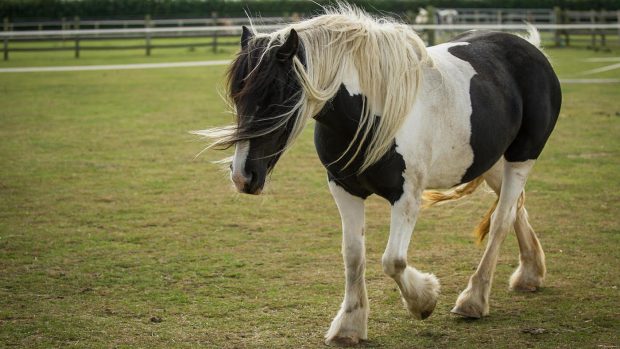Vets and farriers are urging owners to beware after seeing an increase in laminitis cases, following the warm, wet weather that causes grass to grow.
Malcolm Morley, partner at Stable Close Equine Practice in Hampshire, told H&H his practice had been spending more time than usual treating laminitics in the past month.
Farrier Tom Smith from Winchester agreed that the cases of laminitis are far worse this year than last.
“We had a good winter when horses didn’t drop off so much, the grass then came on quickly and has caught a lot of people out. Everywhere is so green,” he added.
But although grass looks lush, grazing may be lacking vital nutrients after a winter of waterlogging (news, 12 June).
Laminitis is still a big threat said Mr Morley as recent warm, wet, and sunny weather have created ideal grass growing conditions — and the nutrient content will not affect the laminitis problems.
Keeping animals fit is the key to prevention, said Mr Morley. A horse being ridden every day for 2hr would be “unlikely to get laminitis,” he added.
If a pony will accept a grass muzzle, Mr Morley recommends putting it on all the time and, depending on the make, padding out with sheepskin to prevent sores.
Southampton-based H&H reader Liz Chitty’s 12hh semi-retired pony, Champsey, was one of the worst cases of laminitis seen by her vet 3 years ago.
The 18-year-old has made a full recovery, but Mrs Chitty is continually vigilant, especially as the pony had a mild case this year.
Mrs Chitty has blood tests taken twice a year to check insulin levels and for Cushing’s, keeps her ponies in at night all year round, strip grazes them and feeds low-sugar haylage.
“Exercise is the key and one of the main methods of control. Champsey is led out every day and shod every 5 to 6 weeks,” she said.
This news story was first published in Horse & Hound magazine (3 July, 2014)




